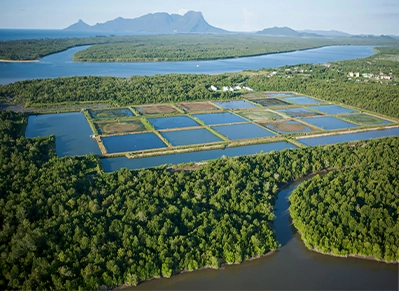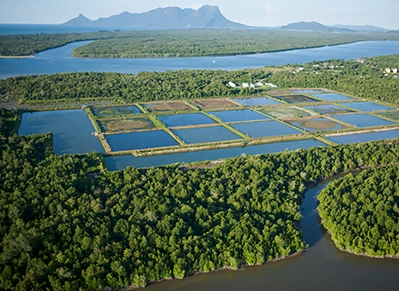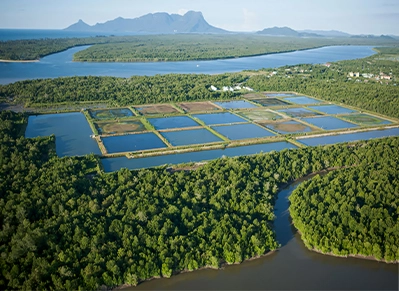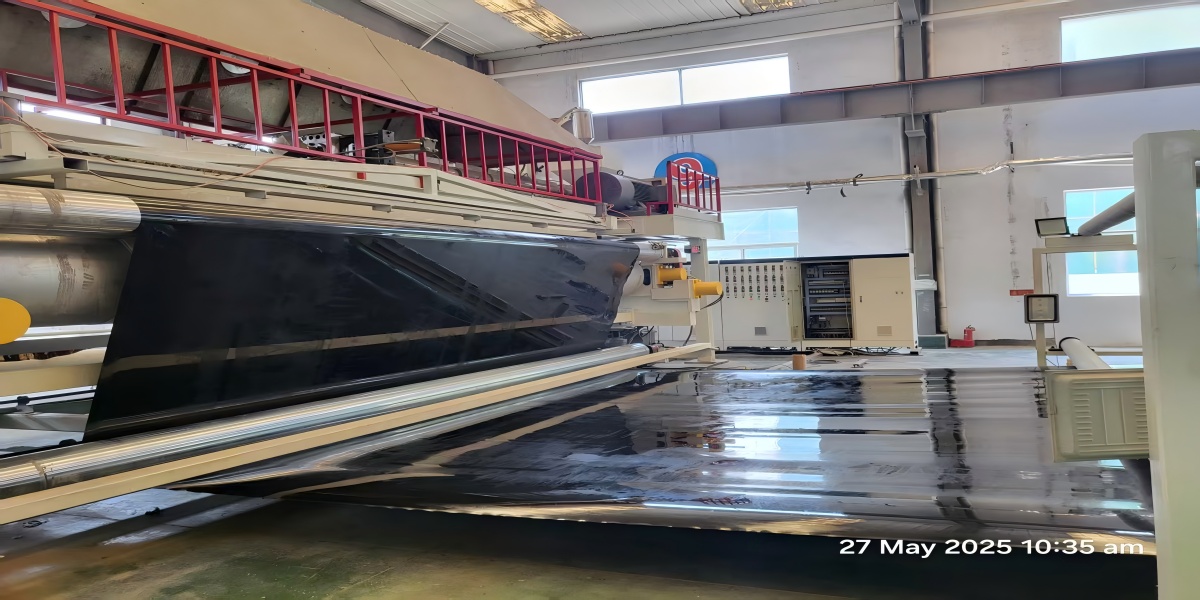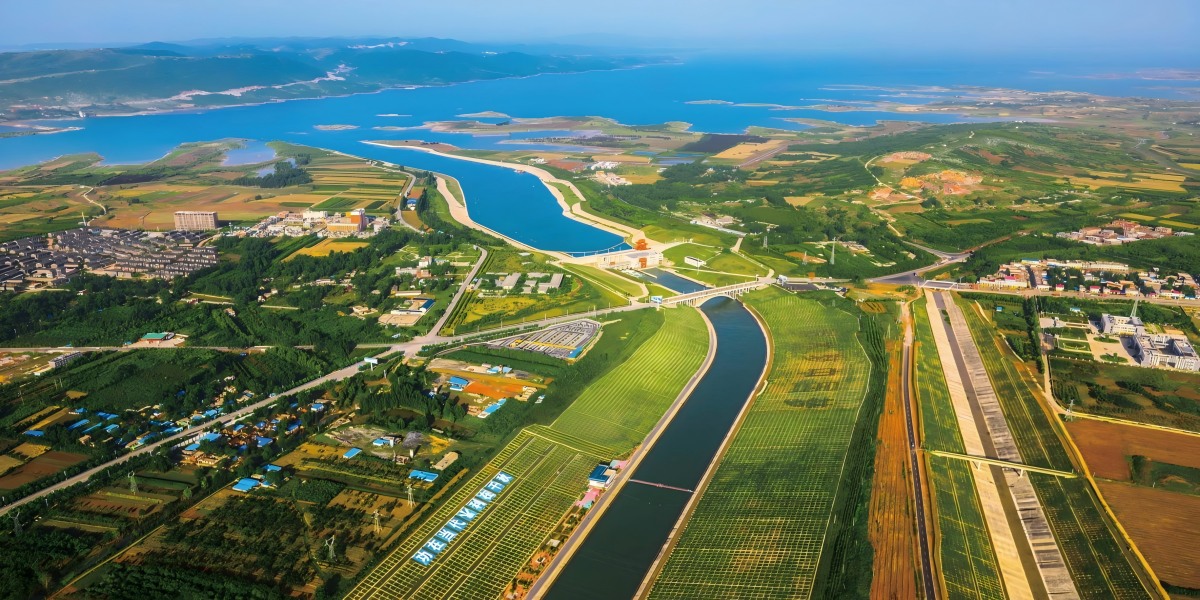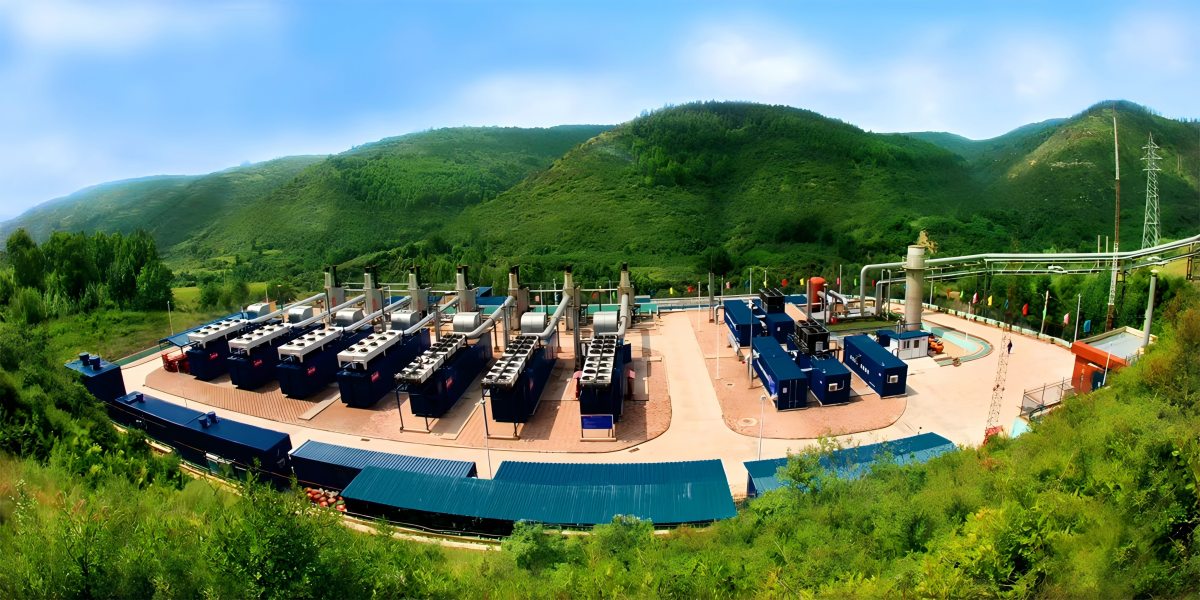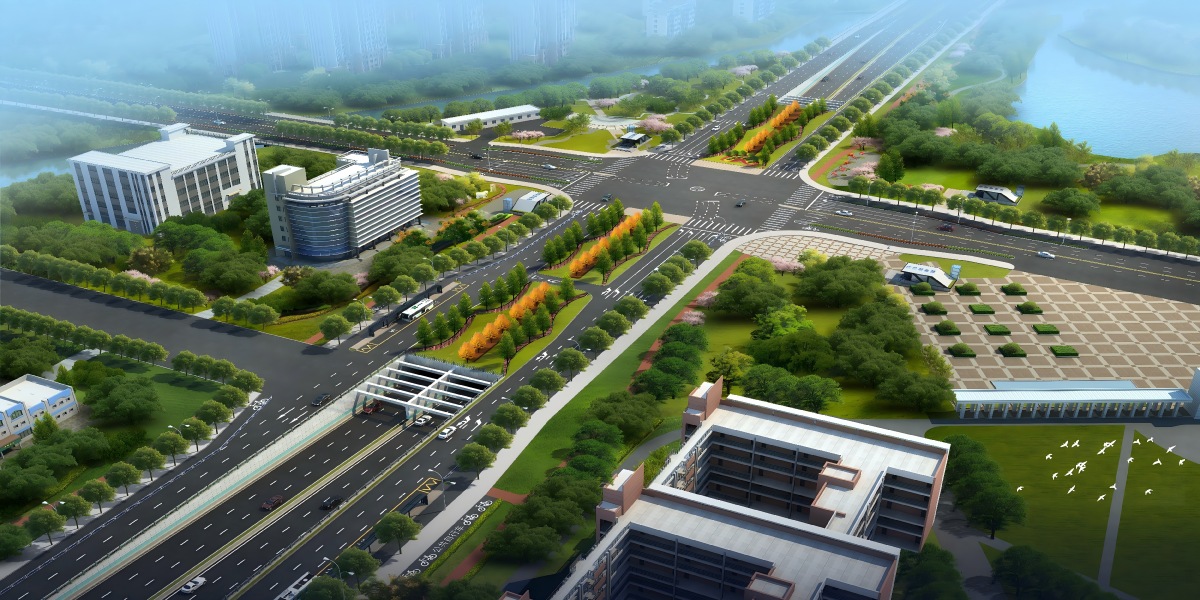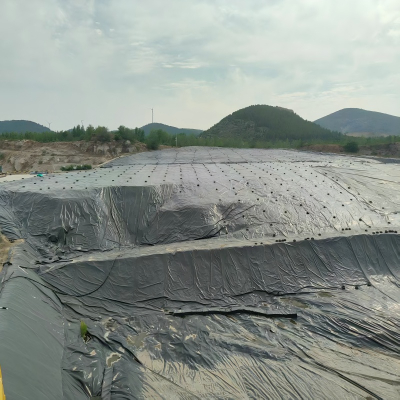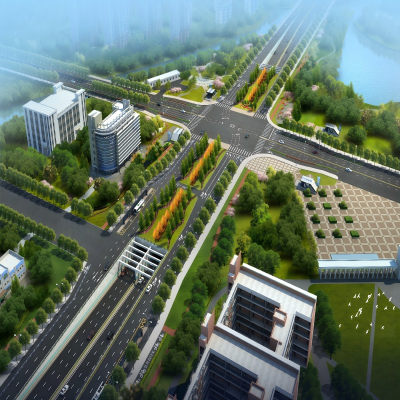The global geotechnical materials industry is experiencing a new wave of technological revolution
Driven by global infrastructure upgrades and green transformation, the geotechnical materials industry is experiencing unprecedented technological innovation and market expansion. According to the latest "Global Geotechnical Materials Market Report", the industry scale has exceeded US$26 billion in 2023, and the compound growth rate is expected to reach 8.5% in the next five years.
Core technology breakthroughs lead industrial upgrading
Recently, global leading companies have successively released innovative achievements:
Self-healing intelligent materials: The new geomembrane launched by Sinochem International uses bionic repair technology, and the self-healing time of cracks is shortened to 24 hours
Nano-reinforced composite materials: The nanofiber geotextile developed by the French Solvay Group has increased its tensile strength by 65% and has been used in the maintenance project of the Hong Kong-Zhuhai-Macao Bridge
Eco-friendly products: Toray Industries, Ltd. of Japan pioneered seaweed-based biodegradable geotextiles, achieving 100% environmental friendliness in marine engineering
Application scenarios continue to deepen
The application boundaries of geotechnical materials continue to expand:
New energy field: In the construction of photovoltaic power stations, new geotechnical material solutions reduce the cost of foundation construction by 25% and shorten the project cycle by 30%
Smart city: Smart geotextiles embedded with sensors GongGrid achieved real-time structural health monitoring in the underground tunnel project of Beijing's sub-center
Ecological restoration: The ecological governance project of the Yangtze River Economic Belt uses composite geotechnical materials, and the vegetation restoration efficiency has increased by 80%
Significant sustainable development results
The industry's green transformation has made substantial progress:
The average utilization rate of recycled materials by leading companies reached 35%
The photovoltaic integrated production base reduces carbon dioxide emissions by more than 150,000 tons per year
The proportion of recyclable design products exceeded 40%
Regional development has its own characteristics
Asia-Pacific market (accounting for 47%): driven by China's "new infrastructure" and India's smart city projects
European and American markets: focusing on product upgrades and circular economy
Emerging markets: The NEOM new city project in the Middle East created a new record for a single order of geotechnical materials
Authoritative views
Dr. Robert Smith, chairman of the International Geotechnical Materials Association, pointed out: "2023 is a watershed in industry technology, and intelligence and sustainability have become core competitiveness. The innovation speed of Chinese companies is impressive."
